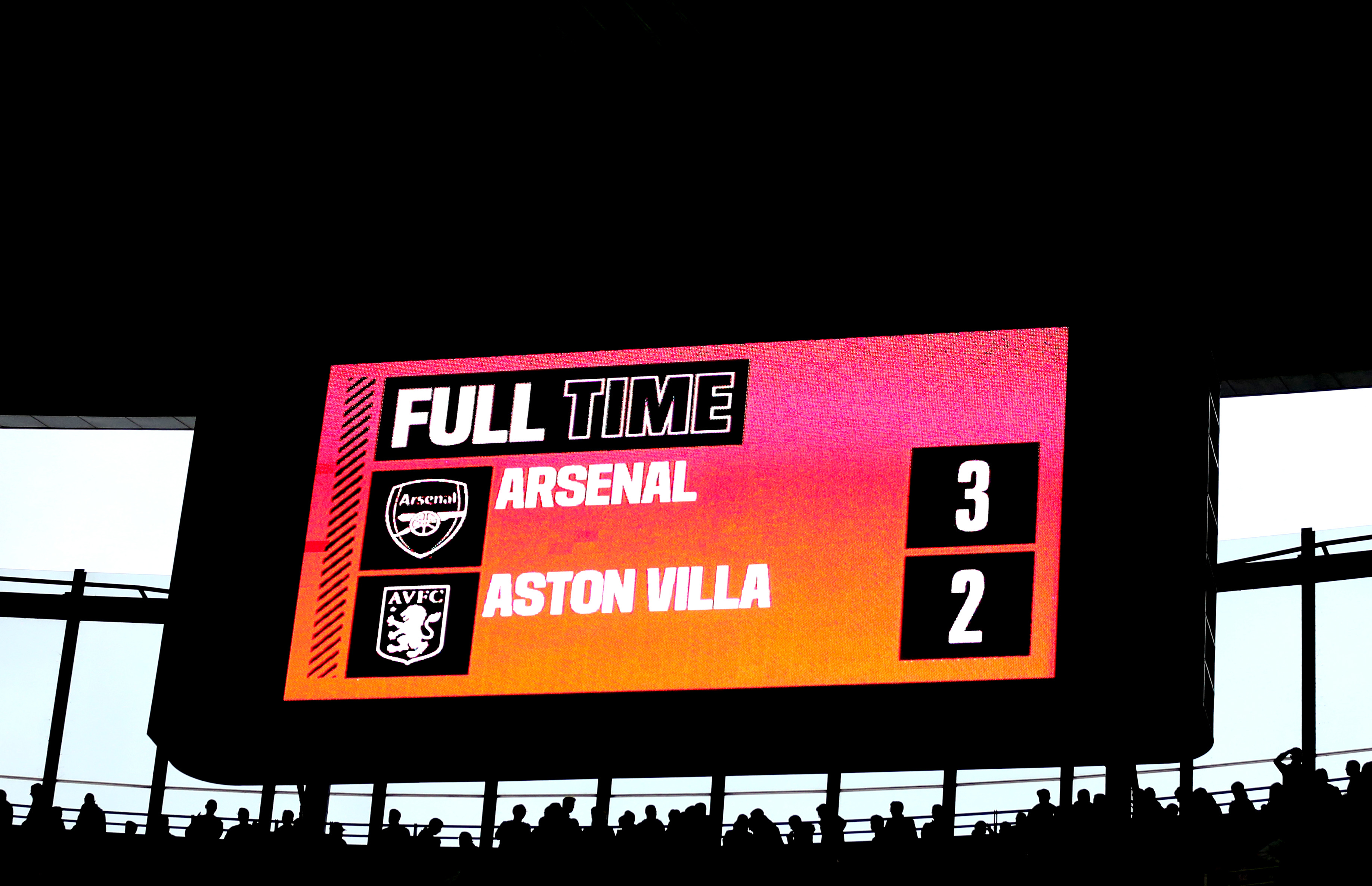Threat and creativity: How to use the FPL’s player metrics to your advantage

Fantasy Premier League managers who scour the official website for tips each week will be aware of the game’s creativity and threat metrics, but do you know how to use them?
According to the Premier League website, creativity “assesses player performance in terms of producing goalscoring opportunities for others” while threat produces “a value that examines a player’s threat on goal”.
In layman’s terms then, creativity scores hint at how many assists a player could expect to have registered, while threat scores do the same but for goals.
So how should you interpret the numbers?

Even though the official site doesn’t say how much threat is equivalent to a goal, by studying a large sample it is possible to see the ratio of threat to goals.
If you add up all the threat and goals earned by the 100 players with the most threat since the metric was introduced, you get 2,165 goals from 222,271 threat, which is 102.7 threat per goal.
That’s close enough to 100 that it is reasonably safe to assume that, in the FPL model, 100 threat is equal to a goal’s worth of chances – in the long run, the average player would score one goal for every 100 threat they are awarded.
Get FourFourTwo Newsletter
The best features, fun and footballing quizzes, straight to your inbox every week.
The same is true for creativity, where the total creativity for the top 100 players since the metric was introduced is 180,961 for 1,734 assists. Once again that works out to just about 100 creativity for every assist.
So, now we know that a player ‘should’ score a goal for every 100 threat they rack up, it is possible to see who has been presented with better scoring opportunities than their goal tally suggests.
Liverpool’s Roberto Firmino is a prime example of a player who has been good value for the goals he has scored and then some.

With a threat score of 833 it could be said that a total more reflective of the chances he has found himself in would be eight goals rather than four.
Armed with this data, an FPL manager might consider that goals could be about to flow for the Brazilian, should he maintain his level of performance.
Meanwhile when it comes to assists, Everton’s Lucas Digne leads the way for players who ‘should’ have registered more assists than they have.

With only three assists to his name but a creativity score of 624, the Everton player could reasonably expect to have doubled his actual assist total.
With that in mind, the threat and creativity metrics could well help managers uncover a gem or two in advance – can you spot one?
FourFourTwo was launched in 1994 on the back of a World Cup that England hadn’t even qualified for. It was an act of madness… but it somehow worked out. Our mission is to offer our intelligent, international audience access to the game’s biggest names, insightful analysis... and a bit of a giggle. We unashamedly love this game and we hope that our coverage reflects that.

